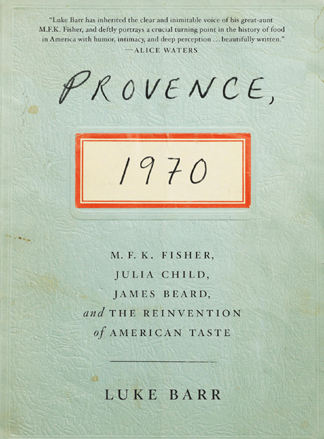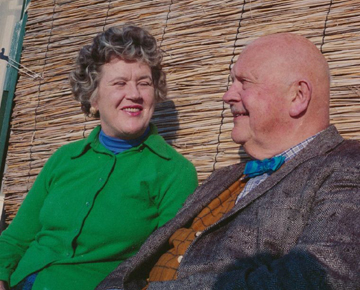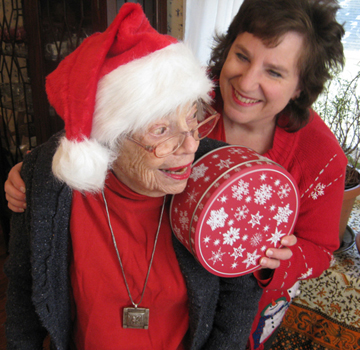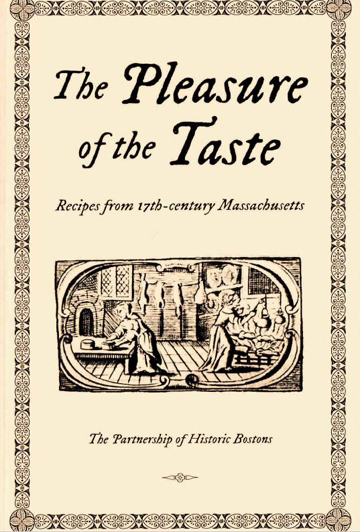
I’m a sucker for history and for food so I’m always interested in any project that combines the two. I recently received a copy of The Pleasure of the Taste from the Partnership of Historic Bostons. This booklet examines the intersecting culinary opportunities and habits of English settlers and their Native American neighbors in the early days of the Massachusetts Bay Colony.
The book was put together by the Partnership, a nonprofit history group that “encourages discussion and debate” about daily life in Massachusetts in the 17th century.
Lorén Spears served as an adviser to the project. Spears is a member of the Narragansett Indian Tribe and the executive director of the Tomaquag Museum in Exeter, Rhode Island.
Spears obviously knows her way around a kitchen; she contributed a number of Native American recipes to the booklet, describing how they would have been prepared in the 17th century but also adapting them for modern kitchens.
The other major adviser was my friend Kathleen Wall, the colonial foodways culinarian at Plimoth Plantation. Kathleen is a wonderful source of knowledge about food in Massachusetts over the centuries and has frequently judged the charity pudding contest (last year it was a pie contest!) I organize from time to time.
Like Spears, Kathleen provided both vintage and modern-day versions of her recipes.
The recipes are not extensive, but they do give the reader (and the cook) a good idea of what Puritan housewives would have had to deal with in terms of cooking conditions and ingredients.
Samp was apparently a major staple of the 17th-century colonists’ diet. An adaptation of the Native American nasaump, this cornmeal-based bread constituted a major bread/starch for both communities.
The booklet delivers versions of both nasaump and samp, along with recipes for stews, tarts, and of course puddings. I’m going to start experimenting with the modern versions of the recipes, but as I go along I may in fact try a bit of historical reenactment.
The Pleasure of the Taste is charming: informative, quick to read, and useful. It may be ordered from the Partnership at www.historicbostons.com.
I leave you with Kathleen’s recipe for English samp, courtesy of the Partnership of Historic Bostons.
English Samp
Ingredients:
1-1/2 cups boiling water or milk
1 cup cornmeal
a pinch of salt
a pinch of sugar (optional)
butter or bacon drippings as needed
Instructions:
Stir the boiling water or milk into the cornmeal in a heat-safe bowl. Add the salt and, if using, the sugar. Mix well.
Heat butter or bacon drippings in a cast-iron skillet. When the butter or drippings simmer, add the batter in half-cup measures to the pan.
Flip repeatedly. “They take their own sweet time,” Kathleen says of these cakes.
Serve hot with butter and maple syrup.
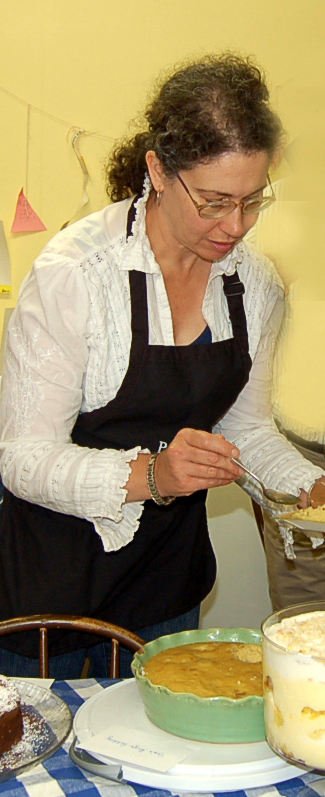
Kathleen sampling pudding.
